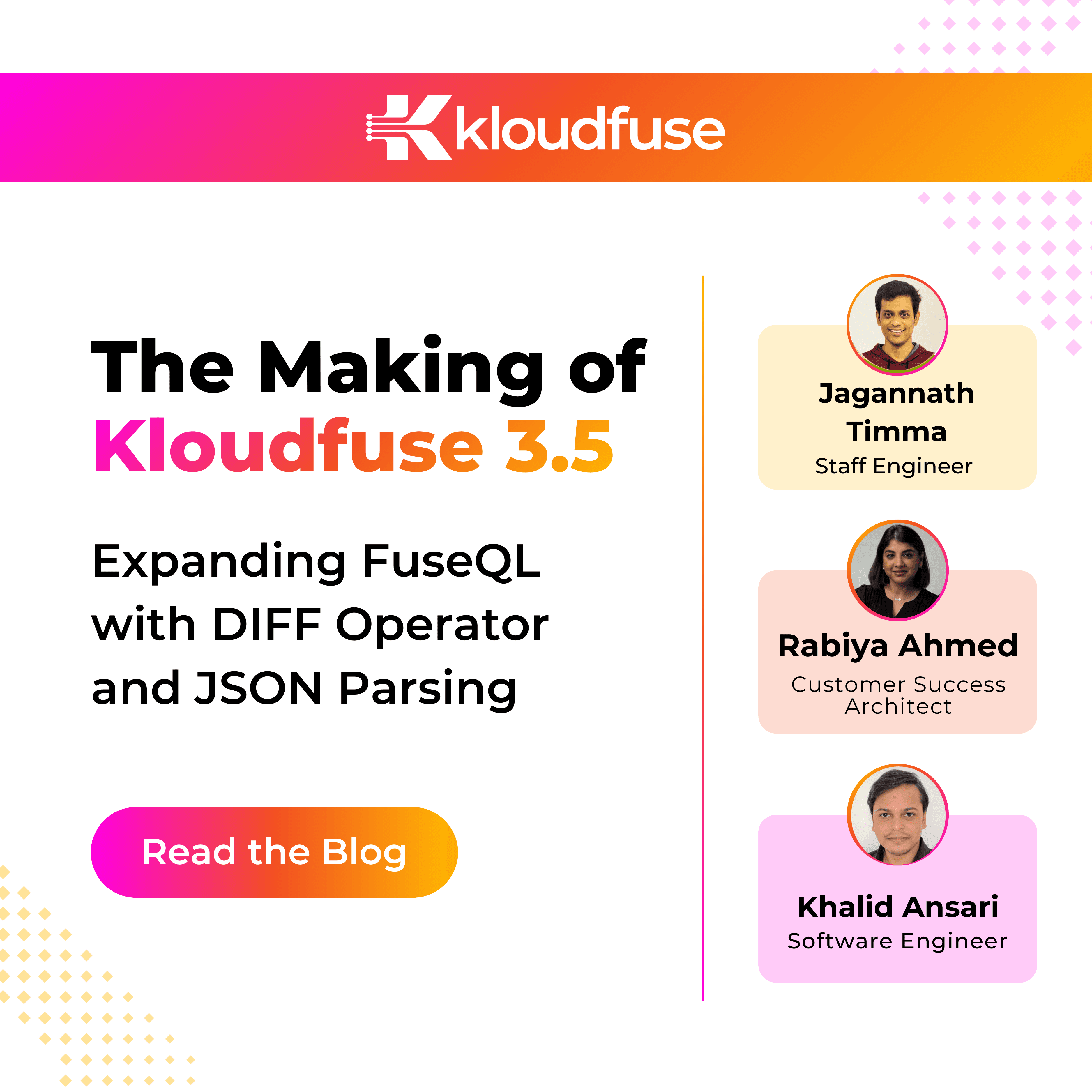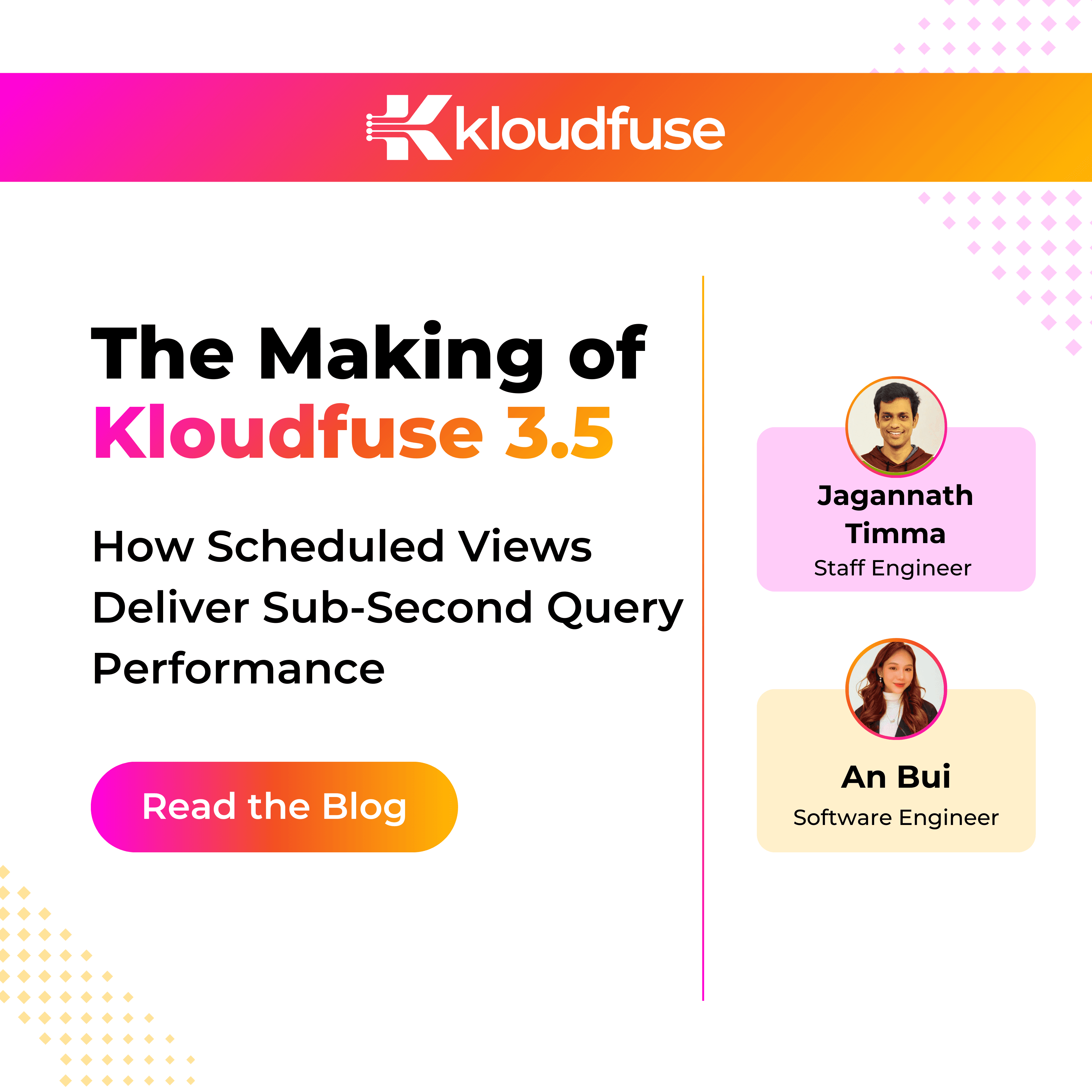Blogs
News and Views in Observability
Featured
Recent Blogs
Load More
Load More
Load More
Unified observability. AI-powered. Built on open standards. Deployed in your cloud—for full control, security, and savings.
Products
Platform
All Rights Reserved ® Kloudfuse 2025
Terms and Conditions
Unified observability. AI-powered. Built on open standards. Deployed in your cloud—for full control, security, and savings.
Products
Platform
All Rights Reserved ® Kloudfuse 2025
Terms and Conditions
Unified observability. AI-powered. Built on open standards. Deployed in your cloud—for full control, security, and savings.
Products
Platform
All Rights Reserved ® Kloudfuse 2025
Terms and Conditions














